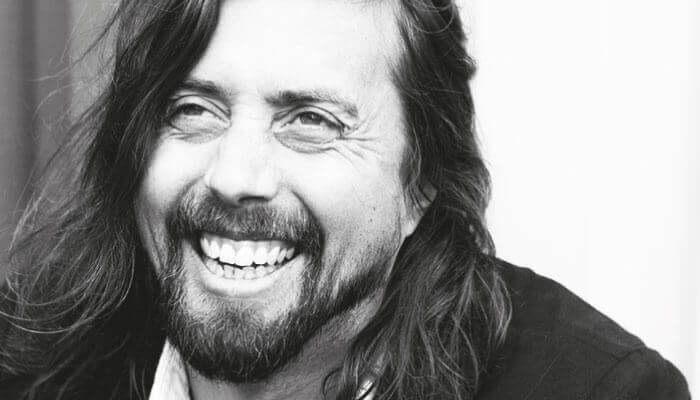It’s rare for The Analytical Scientist to publish back-to-back editorials on the same topic. But having read Charlotte Barker’s opening question – “Are conferences still worth it in the digital age?” – in June, I felt compelled to add weight to her conclusion. Why? Because, in that same month, I attended the 67th ASMS in Atlanta and the 48th HPLC in Milan.
Tiring (and, at times, too hot)? Yes. Worth it? Absolutely.
The two conferences had more than a few things in common; the powerful combo of LC-MS was (unsurprisingly) dominant in presentations and posters, as was “omics” of one form or another (alongside associated challenges). In short, the caliber of science was high. But it was the advanced technology on display and the intense yet friendly discussions on every corner that reminded me of how great it feels to be part of this special community.

Though it is true that we can access information about new products online, there’s something rather wonderful about seeing the technology unveiled before your very eyes. At ASMS, real innovation was unleashed, satisfyingly, in two distinct directions, each widening the reach of mass spectrometry: i) better (higher sensitivity, higher resolution, faster) and ii) simpler/smaller (increased accessibility). “Smarter” was a common theme. Instrument manufacturers at both conferences pulled out all the stops to wow crowds with slick presentations, emotional videos and VR experiences. Actual experts were on hand to help savvy scientists understand the advantages – and, perhaps more crucially, the limitations – of the latest systems. The energy of an exhibition is hard to replicate online.
And then there are those moments when you find yourself part of something special. At HPLC, I was honored to be in esteemed company as a jury member for a new event: the Separation Science Slam. Sponsored by KNAUER, Merck and The Analytical Scientist, the upbeat session invited six young scientists to present their research in the most creative way – and it proved to be extremely entertaining. I was taken aback by the flair – and, in some cases, audacity – of the next generation of analytical heroes. Congratulations to all six finalists – and especially to the three winners Pascal Breuer (bronze), Simona Felletti (silver) and self-professed “regular, everyday chromatographer” Nándor Lambert (gold), who delivered his project through the medium of rap.
Being part of a 300-strong crowd, clapping and cheering along to a track about the extraordinary insulation properties of polyurethane foam? Well, you had to be there.




